The 10 Hottest Semiconductor Companies To Watch In 2022
This group of semiconductor giants and chip startups are poised to make big waves in 2022 between new products, merger and acquisition deals and other newsworthy events.
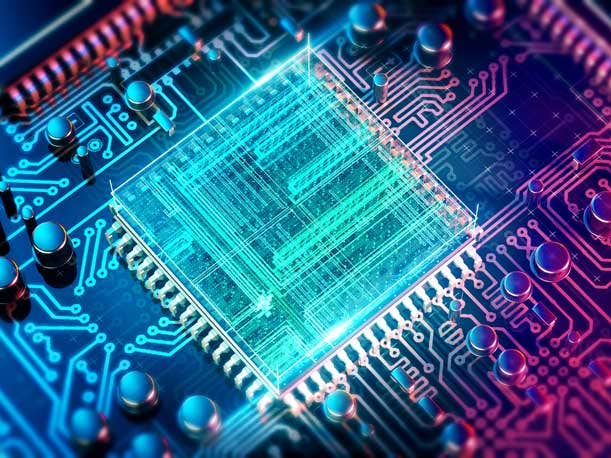
Bringing New Innovations In Semiconductor Engineering
Intel, AMD and Nvidia will continue to slug it out in 2022 across the PC and data center markets, but this year could also be defined by several other chipmakers and chip designers, both small and large, that are changing how data is processed, moved and stored.
These chip-making companies, all but one of which are fabless, are embracing a future in which heterogenous compute is the name of the game. This means embracing a mix of CPUs, accelerators and other kinds of silicon chips, like data processing units, to improve the performance, efficiency and economics of systems, particularly when it comes to servers.
[Related: 10 Data Center Companies You Need To Watch In 2022]
A couple of these semiconductor companies are in the midst of major merger and acquisition deals, though one is much more likely to succeed than the other. Another one has been the subject of recent takeover interest, but so far, it’s decided to forge ahead on its own. A few others could eventually sell or go public, but their fates are likely far from being determined.
What follows are CRN’s 10 hottest semiconductor companies to watch in 2022, which consist of a mix of publicly traded companies, startups and one that is owned by a holding company.
Read the latest entry: 10 Hot Semiconductor Companies to Watch in 2023
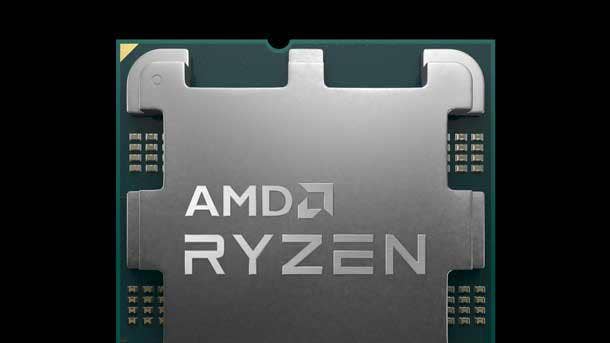
AMD
Top Executive: Lisa Su, CEO
AMD is set to have a momentous 2022, and a big part of that has to do with its impending $35 billion acquisition of FPGA maker Xilinx. The deal cleared its last major regulatory hurdle by getting approval from China’s regulatory body in late January, making the completion of the deal in the first quarter all the more likely. The Santa Clara, Calif.-based chipmaker is hoping to make greater inroads in the data center market with the acquisition. AMD is hoping those ambitions will also get a boost this year from its EPYC Milan-X and Genoa CPUs, the latter of which will feature up to 96 cores, as well as its Instinct MI200 data center GPUs that launched last year. The chipmaker is also hoping to gain more momentum in the notebook market with the more than 200 premium laptops that will use its new Ryzen 6000 CPUs and in the desktop market with its upcoming Ryzen 7 5800X3D and Ryzen 7000 CPUs.
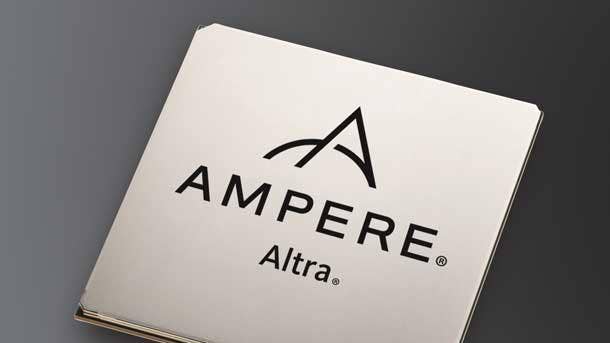
Ampere Computing
Top Executive: Renee James, CEO
Out of all the chip startups out there, Ampere Computing has proven itself to be the furthest along in challenging the x86 CPU status quo ruled by Intel and AMD in the data center market. Over the past two years, the Santa Clara, Calif.-based chipmaker has revealed customer engagements with major companies, including Microsoft, Tencent, Equinix and Oracle, the latter of which now sells cloud instances using Ampere’s Arm-based Altra CPUs. The startup is also gaining more influence with OEMs, with more than 26 server designs coming out from Foxconn, Gigabyte, Inspur, Supermicro and Wiwynn. The question now is whether Ampere can maintain momentum with partners and customers this year. Ampere’s 128-core Altra Max CPUs are available now, and the startup plans to follow that up in 2022 with a 5-nanometer processor that will use the company’s new custom CPU microarchitecture.
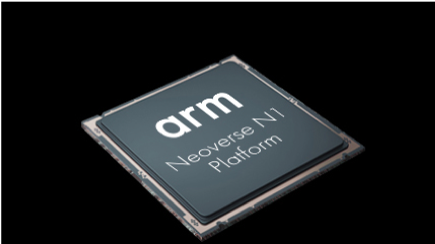
Arm
Top Executive: Simon Segars, CEO
While Nvidia has said that it’s still committed to acquiring British chip designer Arm for $40 billion, a new report suggests that the GPU maker is planning to give up on the deal in the face of stern pushback from regulators, which includes a lawsuit from the Federal Trade Commission. That begs the question of what happens to Arm if the deal is nixed for one reason or another as the company’s current owner, Japan-based SoftBank Group, has been keen on offloading it. One possibility is an initial public offering for Arm, which SoftBank is reportedly exploring. Regardless, Arm is hoping to make more progress in the data center and PC markets this year with its Arm v9 architecture that was revealed in 2021, building on progress with Arm-based CPUs being made by Amazon, Ampere and Nvidia, among others.
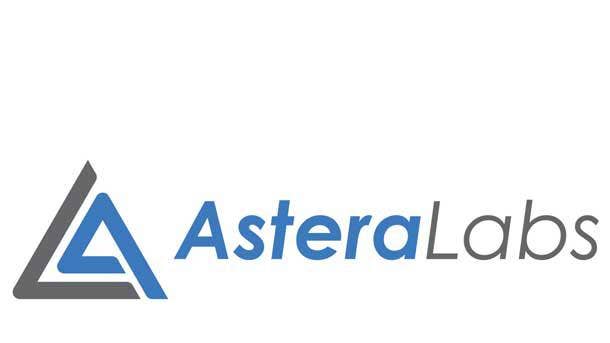
Astera Labs
Top Executive: Jitendra Mohan, CEO
As server makers prepare to embrace Compute Express Link, Astera Labs is pitching itself as an integral building block for unlocking new levels of memory bandwidth and capacity with the open interconnect standard. The Santa Clara, Calif.-based startup told CRN late last year that it has hundreds of design wins with cloud service providers, OEMs and ODMs for its CXL connectivity solutions. If all goes to plan, this will boost the startup’s annual revenue to the nine figures in 2022, according to the startup. A critical part of Astera Labs’ portfolio is the Leo CXL Memory Accelerator platform, which it said is the first system-on-chip solution to create a unified, coherent memory space between CPUs, accelerators and other devices connected via CXL. With Intel and AMD set to introduce server processors with CXL support this year, 2022 could be a big year for Astera Labs.
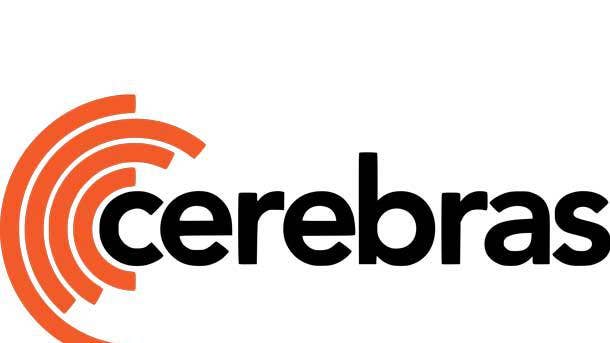
Cerebras Systems
Top Executive: Andrew Feldman, CEO
Cerebras Systems has built what it calls the “largest AI processor ever made,” but it’s no gimmick given the buy-in the startup has received from pharmaceutical giants AstraZeneca and GlaxoSmithKline as well as the U.S. Department of Energy’s Argonne National Laboratory and Livermore National Laboratory, among other noteworthy customers. The Los Altos, Calif.-based startup is now hoping to build on that momentum in 2022 with a $250 million Series F funding round it raised last year. What has won over investors and customers so far is Cerebras’ Wafer Scale Engine chip, which is now onto its second iteration and powers the purpose-built CS-2 AI system that the startup said offers “more compute performance at less space and less power than” competing systems.
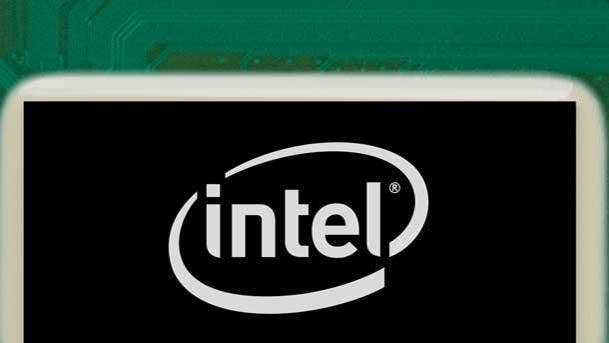
Intel
Top Executive: Pat Gelsinger, CEO
The second year of Pat Gelsinger’s tenure as Intel’s CEO is about to begin, and already the chipmaker is acting more confident than it has in recent years. Gelsinger recently said the Santa Clara, Calif.-based company remains “on or ahead of schedule” for its next-generation nodes that will give Intel “unquestioned leadership” in 2015. But the semiconductor giant is already feeling good about the rave reviews coming out about its new 12th-generation Intel Core processors. And the company is on the cusp of taking on Nvidia and AMD with discrete GPUs for gaming PCs. Intel also plans to launch this year a new generation of Xeon server CPUs, code-named Sapphire Rapids, as well as its Ponte Vecchio GPU for AI and high-performance computing workloads. Is the geek back at Intel? 2022 will hold some answers.
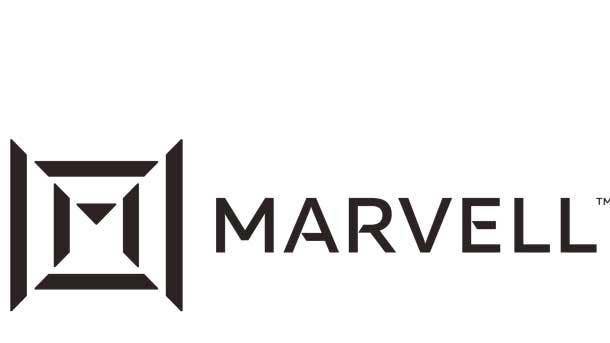
Marvell
Top Executive: Matt Murphy, CEO
While Marvell no longer makes general-purpose server CPUs, the semiconductor company has been making a bigger name for itself in the data center recently, with revenue growing 109 percent year-over-year in its most recent quarter. This has been driven by sales of storage controllers, Ethernet switches and, among other things, cloud-optimized silicon solutions, which are expected to see even greater demand in the future, according to Marvell. The Santa Clara, Calif.-based company is also expecting continued growth for its line of data processing units and storage accelerators. What’s more, the chipmaker is expecting to reap bigger benefits from its acquisitions of networking chip startups Innovium and Inphi from last year. That gives multiple reasons to watch Marvell in 2022.
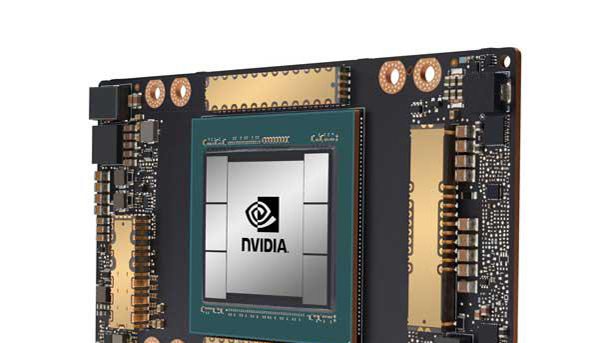
Nvidia
Top Executive: Jensen Huang, CEO
There is doubt that Nvidia’s deal to acquire British chip designer Arm will survive regulatory scrutiny, but even if the GPU maker doesn’t get its way, the company has plenty of plans in the works to defend its accelerated computing prowess. For one, the Santa Clara, Calif.-based company has been working on its Arm-based data center CPU for AI and high-performance computing, which is due out in early 2023, meaning there is some likelihood of new details emerging this year. As for actual products coming out this year, Nvidia has previously teased that 2022 will see the launch of a new data center GPU architecture, code-named Ampere Next, as well as its BlueField-3 data processing unit. Those launches, in turn, likely mean the company is planning an update to its DGX systems. And that doesn’t even touch upon the gaming and workstation GPUs Nvidia plans to release this year.
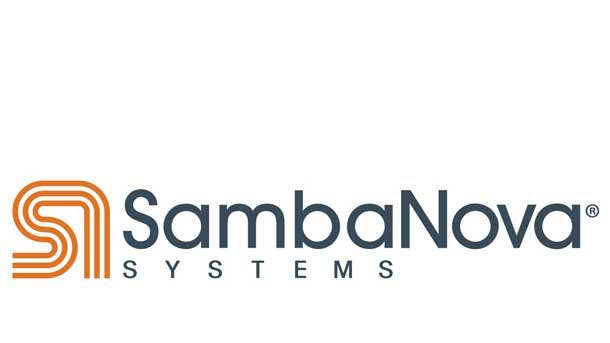
SambaNova Systems
Top Executive: Rodrigo Liang, CEO
Another AI chip startup looking to challenge Nvidia’s dominance, SambaNova Systems has stood out by racking up multiple sales partnerships and a deal to build “Europe’s fastest AI supercomputer.” This means that if the startup’s Reconfigurable Dataflow Unit chip — along with its associated services and software — is enough of a game-changer, SambaNova Systems should be making more notable customer and partner announcements in 2022. The Palo Alto, Calif.-based startup is funding its activities with a massive $676 million funding round from last year that was led by SoftBank Group, with participation from the venture arms of Google and Intel. An important component of SambaNova System’s supercomputer deal with European banking giant OTP Group is its Dataflow-as-a-Service, which is built on top of the startup’s DataScale software and hardware platform.
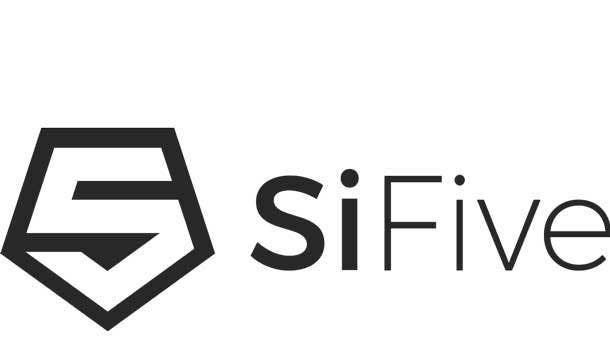
SiFive
Top Executive: Patrick Little, CEO
As Arm’s future stewardship has become increasingly uncertain, SiFive has risen as an alternative chip designer for companies that want to make their own processors. The main differentiator for SiFive: its use of the free and open RISC-V instruction set architecture. The San Mateo, Calif.-based startup said late last year that its approach has already netted more than 300 design wins from over 100 customers, which includes eight of the top 10 semiconductor companies. It has also reportedly received takeover interest from multiple parties, including Intel. The talks between the two chip companies didn’t last for long, but Intel’s interest in the startup remains: The semiconductor giant is not only an investor in SiFive, but it also plans to offer manufacturing services for those making chips with SiFive’s designs. With its goal to enable more powerful and efficient chips than Arm, SiFive plans to double its headcount this year to 1,400 employees as it introduces more capable chip designs for a variety of markets.